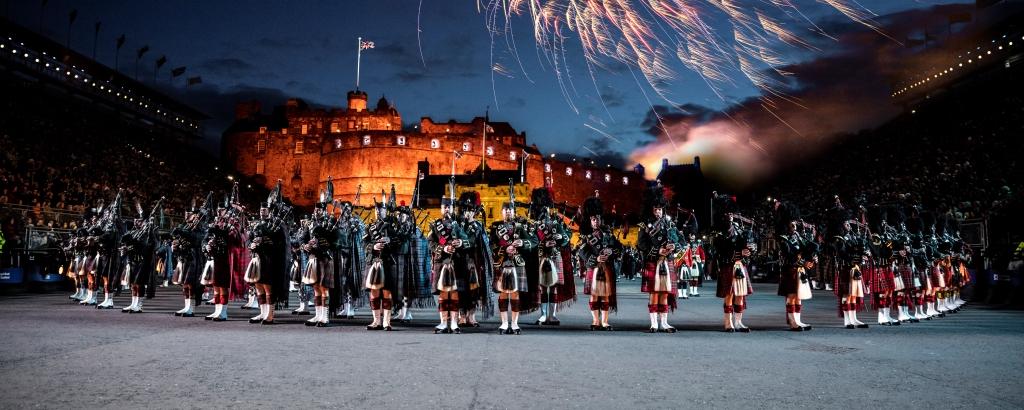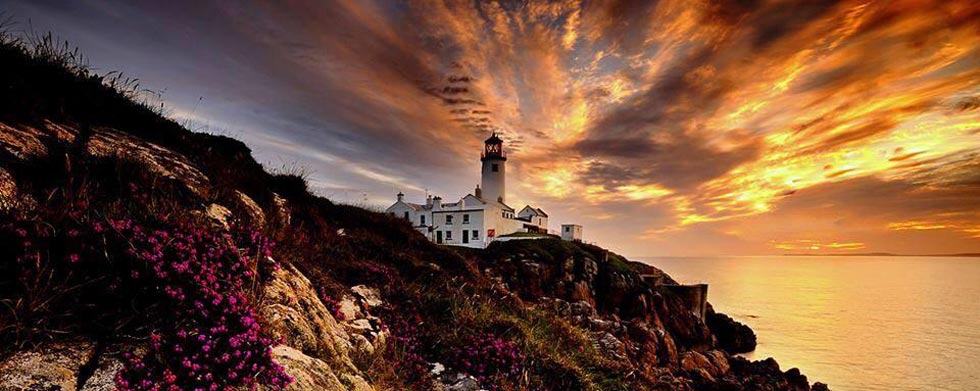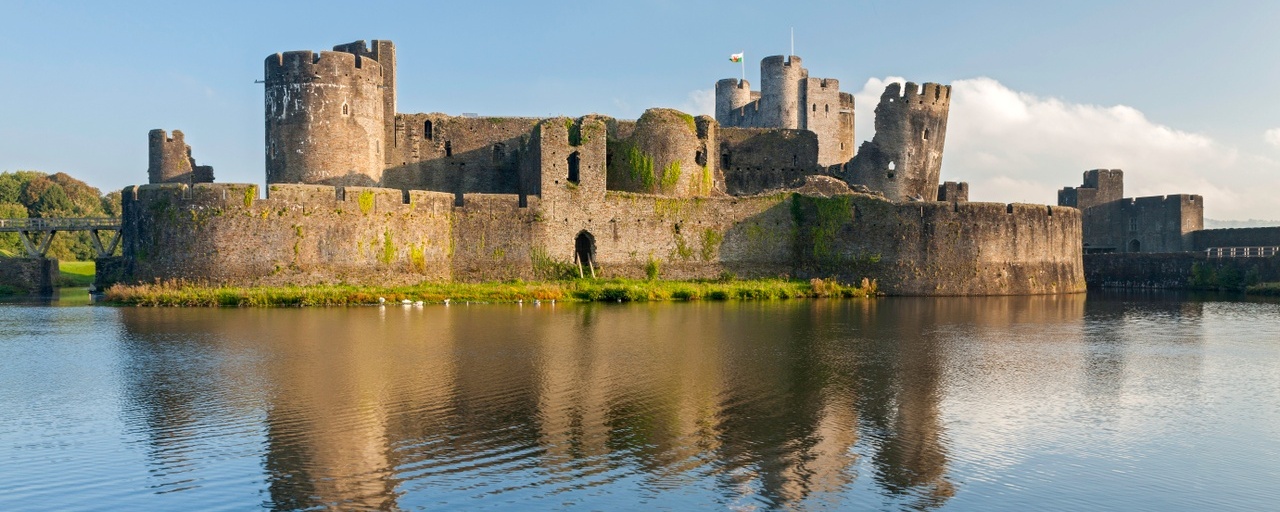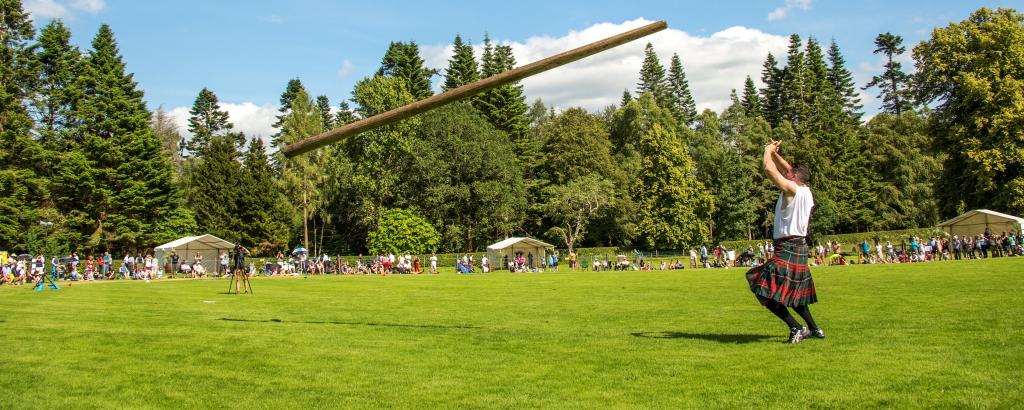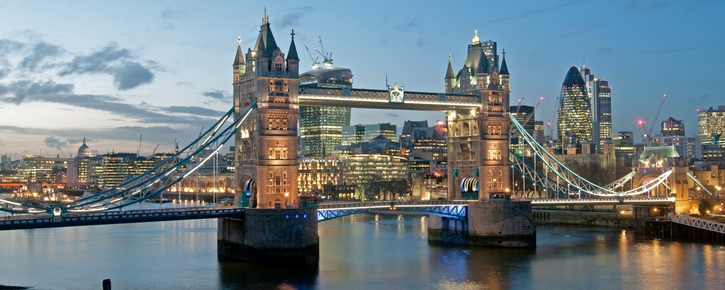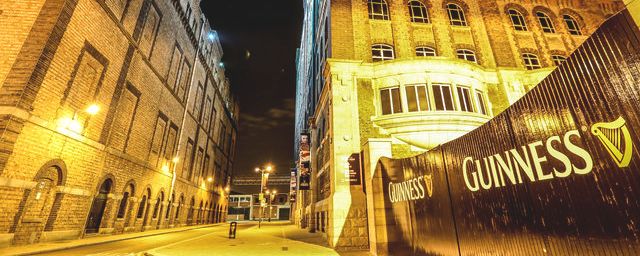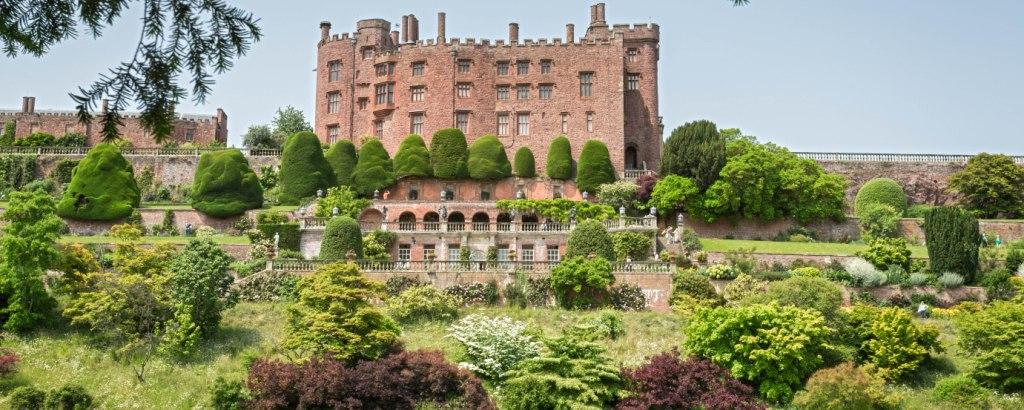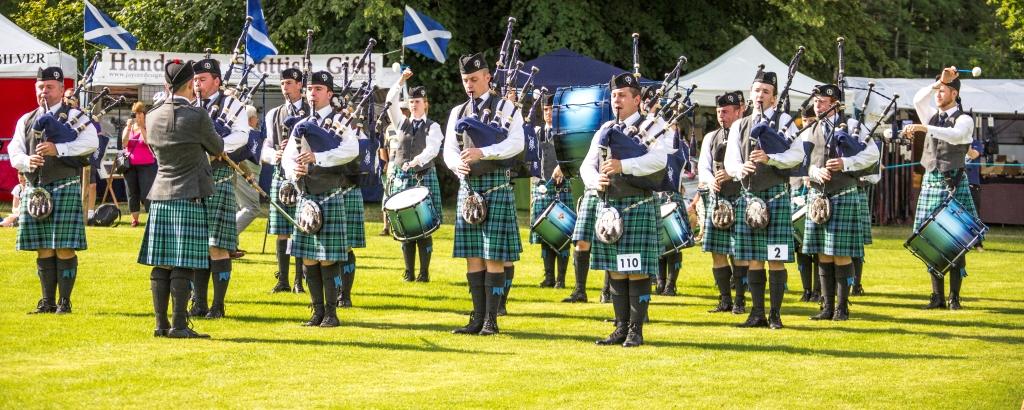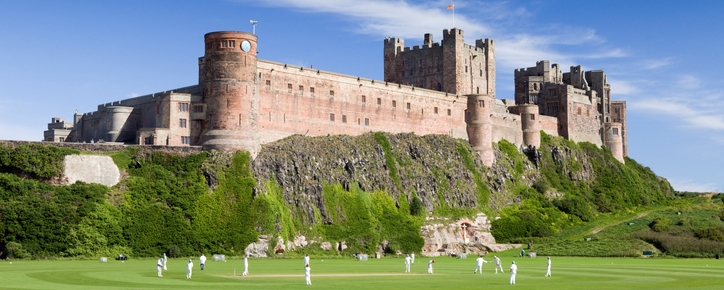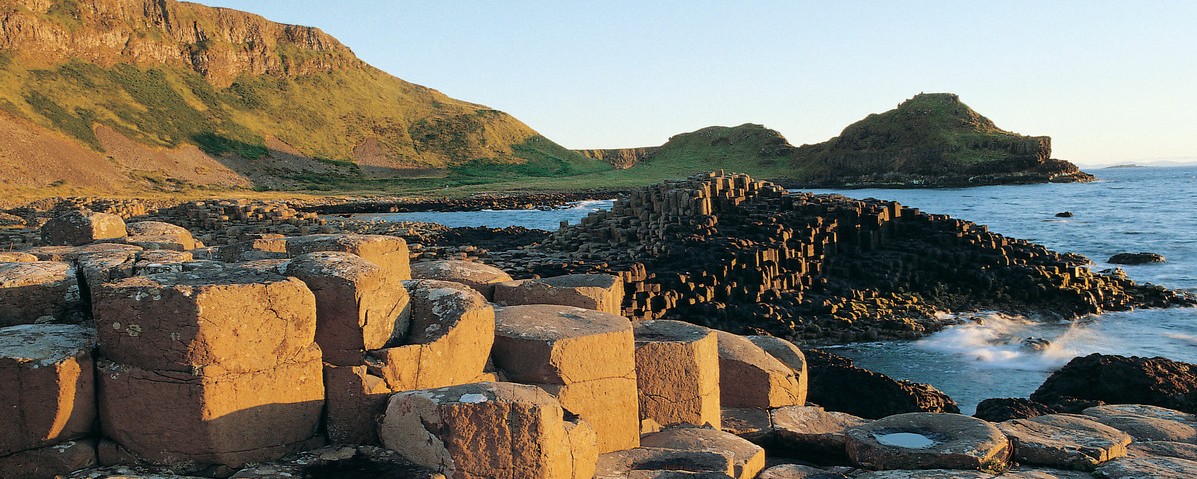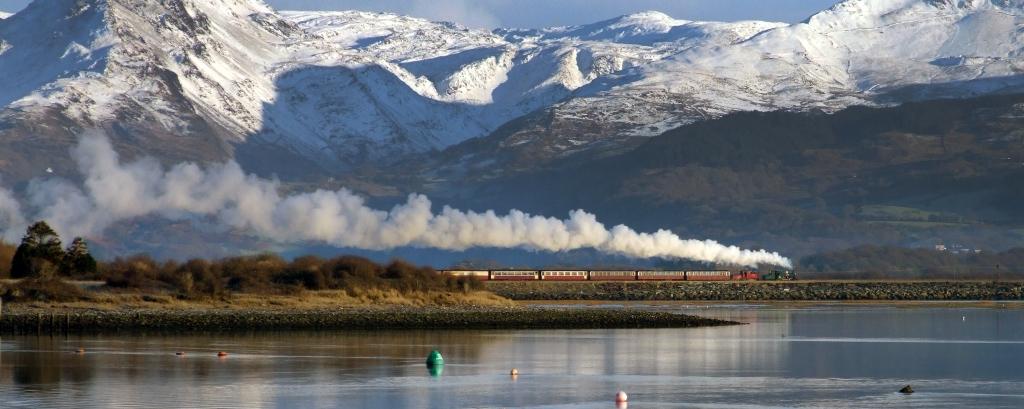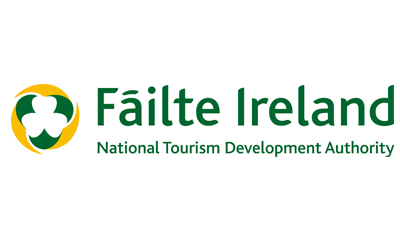Unearthing the ancient roots of Britain and Ireland
The human story of Britain and Ireland goes back thousands of years and there are dozens of ancient sites to visit and explore. From hill forts to henges and stone circles to burial chambers, a tour of ancient Britain and Ireland with Janet Redler Travel will unearth 5,000 years of history for you or your group.
 The Hill of Tara in Ireland © Tourism Ireland
The Hill of Tara in Ireland © Tourism Ireland
Ireland
Ireland has some of the most impressive ancient landmarks anywhere in the world, with sites that predate the Pyramids in Egypt, so it’s the perfect place to start an ancient history tour.
Brú na Bóinne in County Meath, is one of the world's most important prehistoric landscapes. Dating from the neolithic period, it includes the impressive megalithic passage graves of Knowth, Newgrange and Dowth, as well as around 90 other ancient monuments. It has been a UNESCO World Heritage Site since 1993.
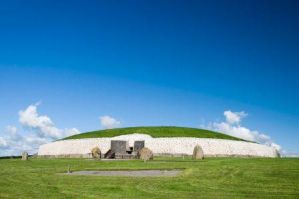 Newgrange at Brú na Bóinne © Tourism Ireland
Newgrange at Brú na Bóinne © Tourism Ireland
Less than an hour’s drive from Dublin, the Hill of Tara is an extraordinary archaeological complex which, according to legend, was once the seat of the High Kings of Ireland. At the top of the hill is an Iron Age hilltop enclosure and the oldest monument on the site, the Mound of the Hostages, is a megalithic passage tomb dating back almost 3000 years.
Perhaps one of the best-preserved archaeological landscapes in Europe, the Burren National Park in south east Ireland contains over 500 stone forts and 75 neolithic wedge tombs, including the Poulnabrone dolmen, the oldest megalithic monument in Ireland and one of the country’s most famous archaeological landmarks.
In Northern Ireland, the Navan Centre in County Armagh, is home to one of Ireland's most important archaeological sites, Navan Fort. This was the legendary Emain Macha, the ancient capital and seat of the Kings of Ulster, and the centre provides visitors with the opportunity to find out about and experience Ireland's Celtic past.
 The Navan Centre, Northern Ireland
The Navan Centre, Northern Ireland
Scotland
Scotland boasts many incredible ancient sites too, from Skara Brae in the Orkney Islands, to the Callanish Stones on the Isle of Lewis and Kilmartin Glen in western Scotland.
Skara Brae, in the Orkney Islands off the northern tip of Scotland, is the best-preserved neolithic settlement in Western Europe and part of the UNESCO Heart of Neolithic Orkney World Heritage Site. Long before Stonehenge was built, Skara Brae was a thriving village and visitors can view the nine surviving neolithic houses as well as surviving artefacts and a replica showing how a house interior may have looked.
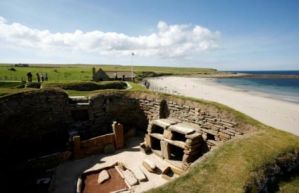 Skara Brae © VisitScotland / Paul Tomkins, all rights reserved
Skara Brae © VisitScotland / Paul Tomkins, all rights reserved
The Callanish Stones are one of Scotland’s most magnificent neolithic monuments. Situated on the Isle of Lewis in the Outer Hebrides, these standing stones form a cross shape with a central stone circle dating back 5000 years. Numerous other neolithic sites lie within reach of the main monument, marking this out as an important centre for ritual activity.
In Argyll, in the west of Scotland, Kilmartin Glen has the most important concentration of neolithic and Bronze Age remains anywhere in Scotland. More than 800 ancient monuments stand within a six-mile radius of the village of Kilmartin, with 150 of them being prehistoric. Monuments include standing stones, a henge monument, numerous stone graves and five burial cairns.
England
Some of the most impressive ancient monuments in England, such as Stonehenge and Avebury in Wiltshire, and Old Sarum on the outskirts of Salisbury, are world-famous.
Stonehenge is one the best-known neolithic monuments and is a UNESCO World Heritage Site. Dating back almost 5000 years, this instantly recognisable circle of standing stones is one of the most important prehistoric sites in the world. While the exact use of the site is unknown, it is thought to have been a religious site and an astronomical observatory. Today, Stonehenge is a popular gathering place for people to celebrate the summer and winter solstices.
 Stonehenge, a UNESCO World Heritage Site © Neil Redler
Stonehenge, a UNESCO World Heritage Site © Neil Redler
Near the village of Avebury in Wiltshire is the largest megalithic stone circle anywhere in the world. One of the best known prehistoric sites in England, Avebury is a dramatic neolithic henge monument which contains three stone circles. A UNESCO World Heritage Site, Avebury forms part of a vast sacred landscape.
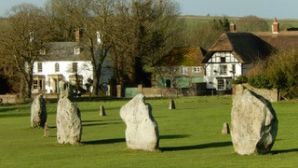 Avebury, the largest megalithic stone circle in the world
Avebury, the largest megalithic stone circle in the world
One of the most important historical sites in England, Old Sarum, on the outskirts of the town of Salisbury, is the location of an Iron Age Hillfort, with evidence of neolithic settlement dating back to 3000 BC. The fort rises impressively from the surrounding plain and is encircled by huge ramparts consisting of two earth banks separated by a ditch.
Lindisfarne, or Holy Island, is a tiny island off the Northumberland coast in North East England, which has a long and important history. Probably best known for its glorious illuminated gospels, which were produced at the eighth century monastery on the island, Lindisfarne was the site of the first major Viking raid on Britain or Ireland, in 793AD. Recently, archaelogists unearthed an exquisite 1200 year old glass board game piece on the island (pictured below).
Lindisfarne board game piece © DigVentures and Durham University
Wales
Wales also has numerous neolithic sites, from Castle Henllys Iron Age Fort and Pentre Ifan burial chamber in the south west to the many megaliths dotted across the island of Anglesey in the north.
Castle Henllys Iron Age Fort is an important archaeological site in Pembrokeshire, south west Wales. The only Iron Age village in Britain reconstructed on the exact site it existed 2000 years ago, Castle Henllys enables visitors to step back in time to experience Iron Age life.
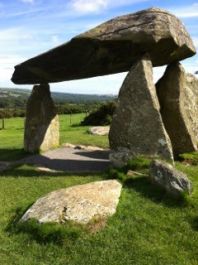 Pentre Ifan in Pembrokeshire
Pentre Ifan in Pembrokeshire
Not far from Castle Henllys is the magnificent Pentre Ifan burial chamber, a distinctive portal dolman which is the most popular megalithic site in Wales. The monument dates to around 3500 BC and stands in a commanding position, overlooking the Nevern Valley.
The island of Anglesey, off the coast of north west Wales, is the location of many significant neolithic monuments. Bryn Celli Dhu, for example, is one of the best preserved megalithic mound tombs in Britain, and Barclodiad y Gawres, with its unique spiral carvings, is one of the largest neolithic tombs in Wales.
If you or your group would like to unearth the ancient roots of Britain and Ireland on a tailor-made tour, please do contact Janet Redler Travel.
